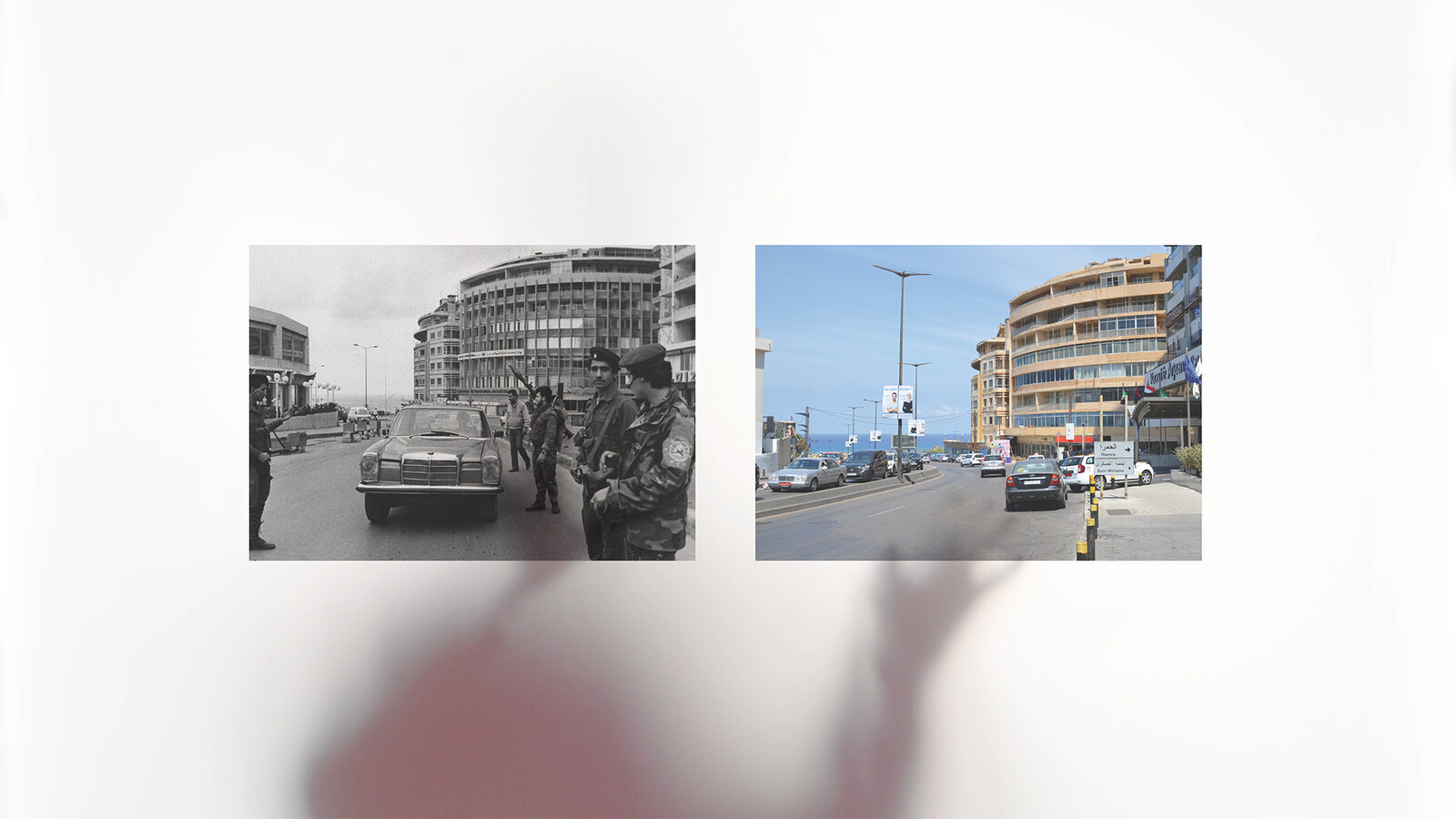Dirty Evidence
September 1–November 7, 2021
Torsgatan 19
SE-113 90 Stockholm
Sweden
T +46 8 736 42 48
Bonniers Konsthall presents one of the most expansive exhibitions by Lawrence Abu Hamdan to date, which includes a new series of work alongside pieces by Abu Hamdan that allow for an interrogation of evidence and testimony. The title Dirty Evidence comes from Abu Hamdan’s definition of evidence in which a truth value is derived from its very inadmissibility before the law. It is precisely the evidence’s figurative dirt and dirtiness that works toward the production of truth.
Abu Hamdan recognizes the space for art as a site wherein attention can be drawn to real sociopolitical conditions in order to challenge the structures behind those conditions. Three major discourses have emerged wherein the representation of violence is permissible—juridical, media and art. Abu Hamdan engages the aesthetic practice of art as an alternative vis-à-vis the aesthetic practices of the media and juridical to uncover and challenge their representational logics. The artist can therefore push at the boundaries of what constitutes testimony.
Testimony is integral to understanding violence, human rights violations and state abuse. Abu Hamdan’s work in this exhibition draws us not only towards questions of testimony’s presentational circumstances and conditions of use, but also towards questions of who can speak in which spaces, what kinds of talk can and cannot be heard, and what conditions establish the possibility to make claims. The exhibition creates space for listening to testimony that might otherwise not be heard. For example, that of Bassel Abi Chahine, whom Abu Hamdan interviews in the two-channel video Once Removed (2019) and whose testimony not only concerns a war-crime but as a reincarnated subject upends given assumptions about presence and witnessing. Or as in the piece Earwitness Inventory (2018–2019), comprised of 96 custom designed and sourced objects all derived from legal cases in which sonic evidence is contested and acoustic memories need to be retrieved, which challenges what we know about memory and testimony.
On the occasion of this exhibition, Bonniers Konsthall and Lenz Press will publish Lawrence Abu Hamdan’s first major monograph. This richly illustrated publication delivers a comprehensive overview of the artist’s practice over the last 10+ years. The book presents an in-depth visual analysis of Abu Hamdan’s work accompanied by commissioned essays that focus on single pieces as well as on the artist’s oeuvre. Scholarly and creative reflections explore here the political aspects of key work by Abu Hamdan, while a complete list of works to date makes this monograph a crucial tool for curators and researchers working in and around the subjects toward which the artist has dedicated his practice. Contributors include Natasha Ginwala, Ruba Katrib, Andrea Lissoni, Ramona Naddaff, Theodor Ringborg, Yasmine Seale and Eyal Weizman. The book is edited by Fabian Schöneich and designed by David Bennewith.
In 2019 Abu Hamdan received the esteemed Turner Prize alongside Helen Cammock, Oscar Murillo, and Tai Shani. Abu Hamdan has exhibited extensively, amongst others at the Venice Biennale, Tate Modern and the Hammer Museum. The artist’s audio investigations have also been used as evidence at the UK Asylum and Immigration Tribunal and as advocacy for organisations such as Amnesty International and Defence for Children International together with fellow researchers from Forensic Architecture.
For press and images contact: kajsa.ponten [at] bonnierskonsthall.se
For more on the publication contact: sales [at] bonnierskonsthall.se



